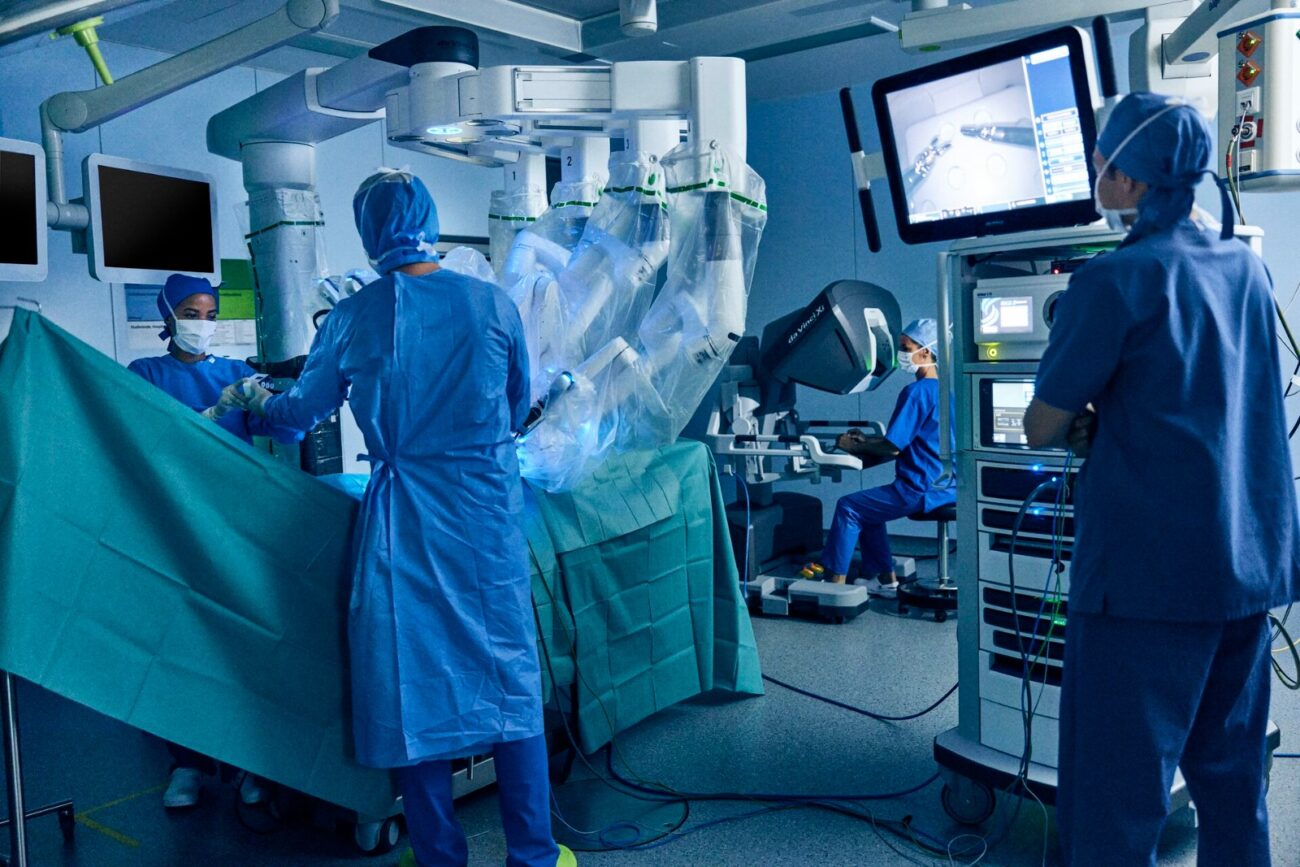Gastrointestinal Stromal Tumor: Symptoms, Causes, and Treatment
Dr. Raghunandhan R V, Consultant Radiation Oncologist, HCG MNR Cancer Centre, Ongole. All of us at some point in time have experienced abdominal discomfort. The occasional stomach pain can be due to multiple reasons like a stomach

Dr. Raghunandhan R V, Consultant Radiation Oncologist, HCG MNR Cancer Centre, Ongole.
All of us at some point in time have experienced abdominal discomfort. The occasional stomach pain can be due to multiple reasons like a stomach bug and excessive gas. But if it persists and gradually becomes unbearable, it could be a warning sign indicating something more. Persistent pain and discomfort may point to the development of cancerous cells in the intestinal tract. Thus, such pain should never be neglected.
What is Gastrointestinal Stromal Tumor?
Gastrointestinal stromal tumors (GISTs) develop when the cells lining the digestive tract grow and divide uncontrollably, resulting in the formation of a mass of tissue or tumor leading to cancer. Some individuals suffering from gastrointestinal tumors may not experience any changes in their health, while some undergo health complications like sickness, fever, discomfort, bleeding etc.
They differ from other prevalent types such as colon cancer or stomach cancer, because they begin in a distinct type of tissue. Gastrointestinal stromal tumors are extremely uncommon in people under the age of 40. Some gastrointestinal stromal tumors develop on their own, whereas others run in families.
Symptoms
Some patients with Gastrointestinal stromal tumors often do not experience any symptoms or signs, but cancer is diagnosed during tests for other health conditions. Others may have the following symptoms:
- Severe pain or discomfort in the abdomen
- A mass in the abdomen which can be felt
- Nausea and vomiting
- Bowel obstruction
- Blood in the stool
Causes
Most of the time Gastrointestinal stromal tumors develop sporadically, which means for no known reason. Certain inherited tumor disorders, however, can raise the risk. They are slightly more common in men than in women.
Diagnosis
There are several tests that can be conducted in order to diagnose gastrointestinal stromal tumors. These include:
- Upper endoscopy – In endoscopy, a tube with a camera is placed inside the mouth and goes through the food pipe, and into the stomach. This is done to locate the tumor.
- Computed Tomography – A scan of the abdomen and pelvis may also be performed to determine the position and size of the tumor.
- Positron emission tomography – A scan may be conducted to check if the tumor is confined to one place and can be removed. They’ll also be able to test the tumor for genetic changes.
- Biopsy- This method entails removing a portion of the tumor using a needle or surgical procedure.
Treatment
Some Gastrointestinal stromal tumors can be cured surgically. However, some tumors are too enormous or have spread to other parts of the body, making surgery ineffective. Imatinib, a targeted medication therapy, may be recommended in certain cases. It works by attaching to the KIT protein which is linked to the growth of most Gastrointestinal stromal tumors and prevents the growth of cancer cells. In approximately 85 percent of patients, this drug can decrease the tumor or keep it from growing. If the tumor decreases sufficiently, surgery may not be necessary.
Unfortunately, the tumor may become resistant to imatinib and regrow. If this happens, additional targeted medications may be effective in shrinking the Gastrointestinal stromal tumors. Whether they opt for surgery or medication, the doctor is most likely to perform Computed Tomography scans every three to six months to check progress. Positron emission tomography scans are sometimes used to assess their response to the treatment. Suffering from extreme abdominal pain doesn’t always mean they have cancer. But if the symptoms persist or worsen, it is always advisable to consult a healthcare professional.






